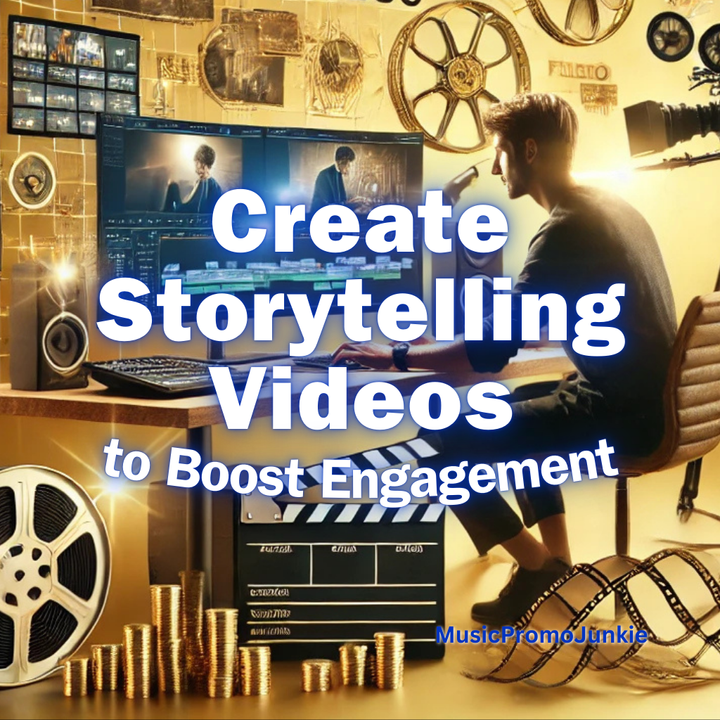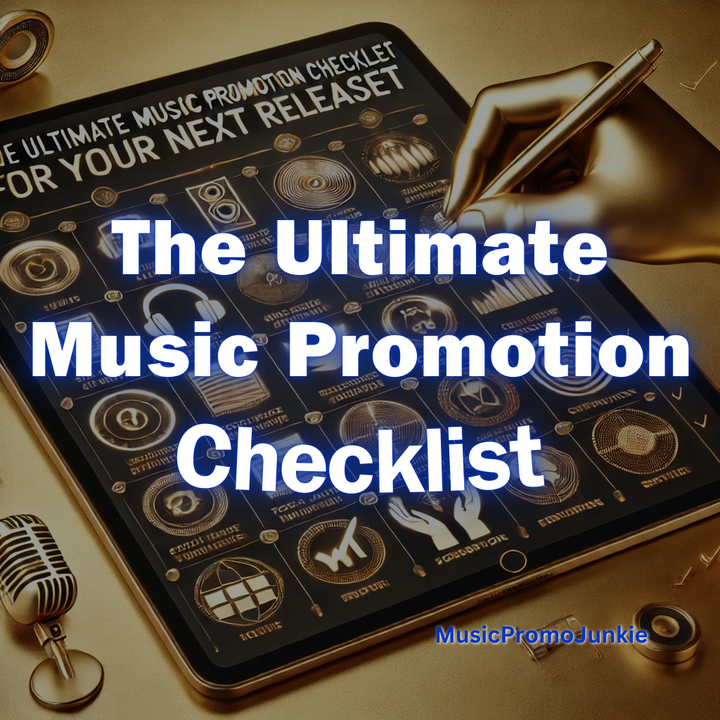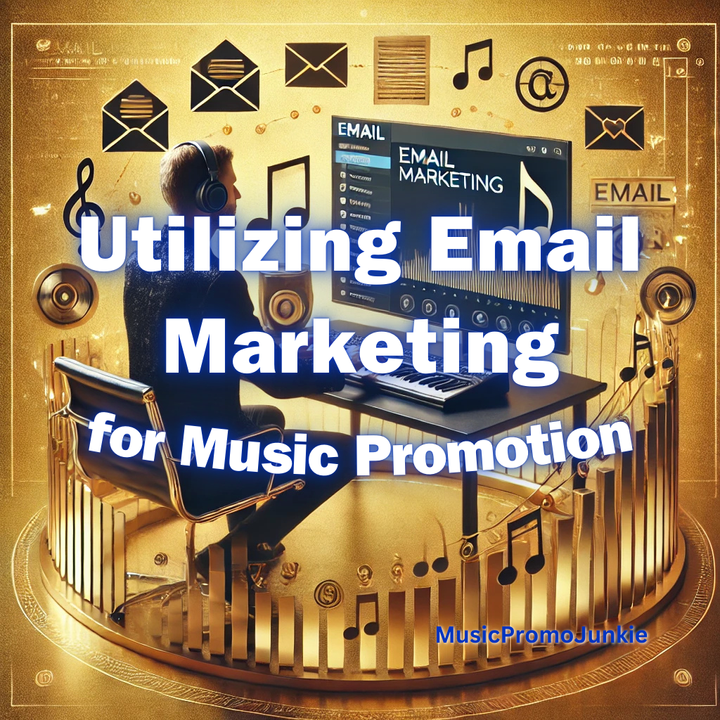Self-Curated Playlists: A Powerful Tool for Music Promotion
Boost your music promotion with self-curated playlists. Learn how to strategically place, update, and name playlists to attract and engage listeners.

In the crowded music industry, getting your tracks noticed can be a significant challenge.
Many indie artists struggle to find effective ways to promote their music and reach new listeners.
This problem is compounded by the sheer volume of new music released daily, making it difficult for any single artist to stand out.
However, leveraging self-curated playlists on platforms like Spotify offers a powerful solution.
By strategically placing your tracks alongside similar artists, you can increase your visibility and attract new fans.
Additionally, well-named playlists with descriptive titles and relevant keywords enhance discoverability, making it easier for potential fans to find your music.
Engaging with the community through tagging, commenting, and sharing content fosters mutual promotion and trains algorithms to recommend your music, further expanding your reach.
This approach not only builds your fanbase but also establishes you as a central figure in your genre, significantly enhancing your promotional efforts.

Identifying Similar Artists
Finding similar artists is the foundation of creating a successful curated playlist.
You can use sites like Everynoise.com to identify relevant genres and then use these genres as hashtags for your social media posts on platforms like Instagram, TikTok, and Twitter.
- Spotify Insights: Explore the "Fans Also Like" section on Spotify profiles to find more artists similar to your style.
- Everynoise.com: Use the "Find Artist" tool to pinpoint genres and related hashtags to enhance your social media hashtag strategy.
- Musicstax.com: To find similar songs which could then be used to find additional similar artists.
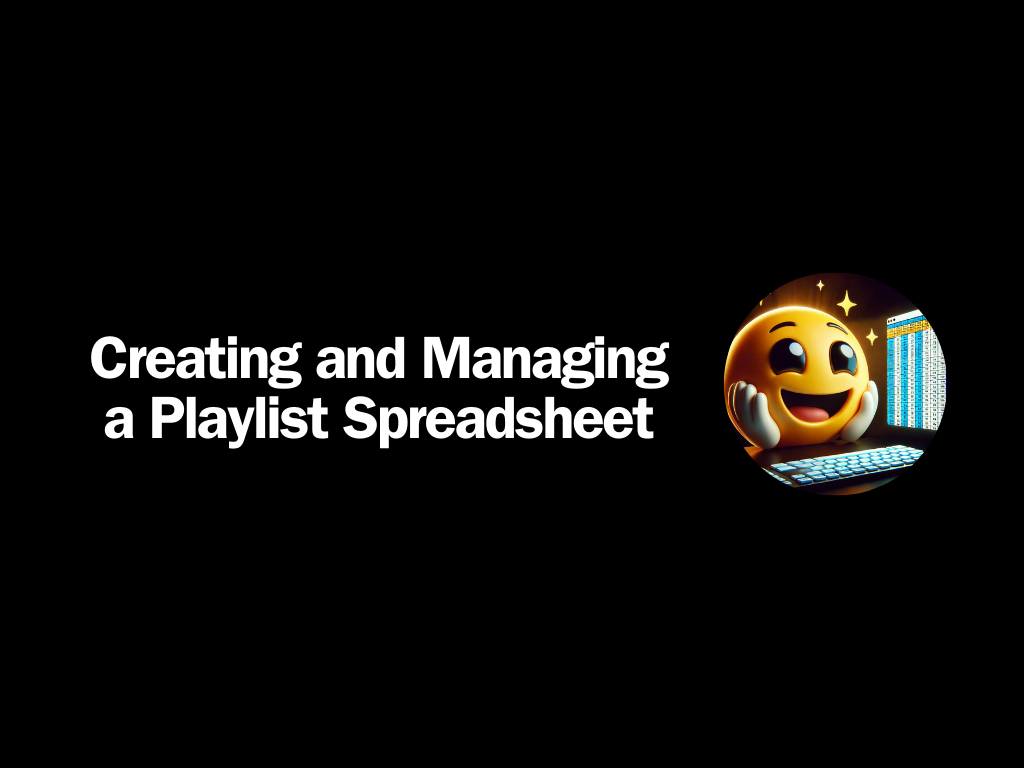
Creating and Managing a Playlist Spreadsheet
Organizing your playlist strategy is crucial for efficiency.
Start by making a list of 20 to 100 artists with 10,000 to 100,000 monthly listeners on Spotify.
Maintain a spreadsheet to track similar artists, relevant playlists, and submission emails for curators.
This helps streamline your promotional efforts and ensures you stay organized.
- Track Artists and Playlists: Document similar artists and the playlists they appear on.
- Submission Information: Record contact details for playlist curators to facilitate pitching to the playlists appropriate for your music.
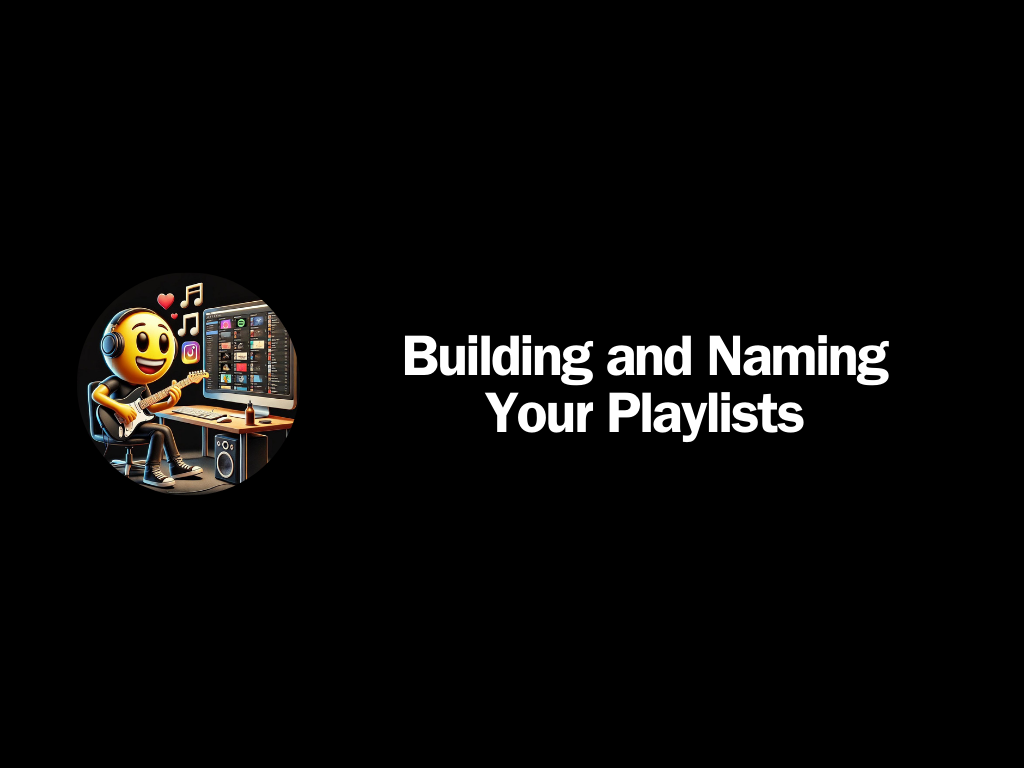
Building and Naming Your Playlists
The way you name and structure your playlist can significantly impact its success.
- Descriptive Names: Use engaging, descriptive titles that reflect the playlist’s content.
- Strategic Placement: Position your tracks strategically within the playlist.
For Promoting Singles
When promoting a single, the naming and structure of your playlist are vital.
Choose a title like "The Best RNB Music" or "New Finds in Country Music," and place your song between the second and fourth positions.
- Engaging Titles: Choose titles that clearly define the playlist’s content and attract listeners.
- Strategic Song Placement: Place your song between positions #2-4.
- Regular Updates: Refresh the playlist every 2-4 weeks.
For Promoting Albums or EPs
For promoting an album or EP, name the playlist after the single you're currently promoting and place this track at the top.
When you switch to promoting a new single from the album or EP, rename the playlist to reflect the new single and move it to the first position.
This approach ensures that each new single gets maximum exposure while keeping the playlist fresh.
- Album/EP Focus: Name the playlist after the current single.
- Top Placement: Place the current single at the top of the playlist.
- Rename and Reorder: Update the playlist name and order with each new single. Refresh the playlist every 2-4 weeks.

Becoming a Genre Hub
Positioning yourself as a central figure in your genre can attract more fans and algorithmic recommendations.
Aim to be a go-to source for a specific music style by consistently curating high-quality playlists and actively engaging with the community.
Post about your playlists offen and make sure to tag all of the artists on your playlists.
Follow all the artists from your playlist on social platforms and engage with producers, mixers, and videographers they work with to deepen your connection to the community.
- Central Figure: Become a key player in your genre.
- Quality Content: Consistently curate top-notch playlists.
- Active Engagement: Post about you self-curated playlist offen and tag all artists on your playlists.
Conclusion
Using self-curated playlists for music promotion is a strategic way to build your audience and increase visibility.
By identifying similar artists, creating and managing playlists effectively, and engaging with the community, you can leverage this tool to its full potential.
Consistency and active engagement are crucial to making the most of this powerful strategy.
By implementing these strategies, you can effectively use curated playlists to promote your music and build a dedicated fanbase.
For more insights, explore our eBook course, "Content Strategies for Indie Artists: Monetize Your Music."
FAQs about Self-Curated for Music Promotion
Why is using a self-curated playlist a great way to promote my music?
Using a self-curated playlist is a powerful method for promoting your music because it allows you to strategically place your tracks alongside similar artists, increasing your visibility and attracting their fans.
This approach not only builds your fanbase but also establishes you as a central figure in your genre, further enhancing your promotional efforts.
How can I promote my self-curated playlist on social media effectively?
Promote your playlist by tagging featured artists, using relevant hashtags, and sharing updates regularly. Engage with the community by commenting and sharing featured artists content to foster mutual support and visibility.
What are the best practices for naming my playlist to maximize discoverability?
Use descriptive titles with relevant keywords that potential listeners might search for. Keep the name engaging and reflective of the playlist's content, such as "The Best RNB Music" or "New Finds in Country Music."
How often should I update my self-curated playlist to keep it engaging?
To keep your self-curated playlist engaging, it’s essential to update it regularly. For promoting a single, update the playlist every 2-4 weeks. This involves swapping out older tracks and adding new ones to keep the playlist fresh and interesting for listeners.
When promoting an album or EP, you should also update the playlist every 2-4 weeks. Rename the playlist to reflect the new single you are promoting from the album or EP and place this new track at the top of the playlist.
What are some strategies for getting other artists to share my playlist?
Encourage artists to share your playlist by tagging them in posts and engaging with their content. Building relationships with artists and supporting their releases can foster mutual promotion and increase the chances of them sharing your playlist.
“MusicPromoJunkie: Hitting The Right Notes With Your Music Promotion.”

